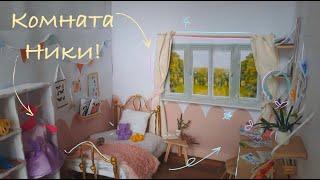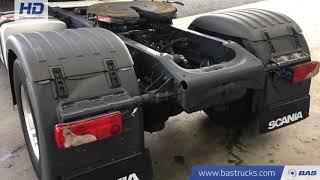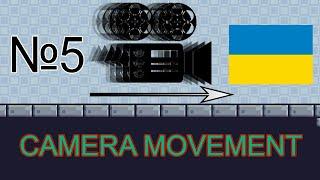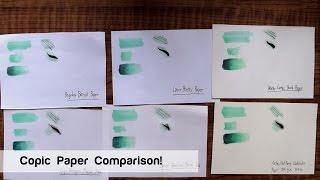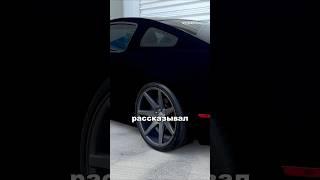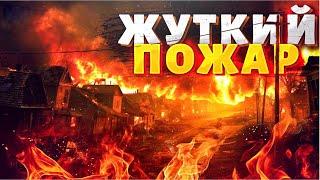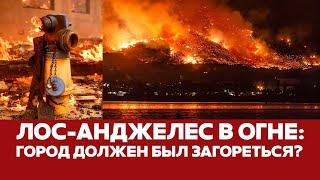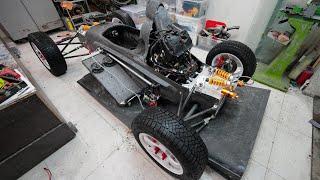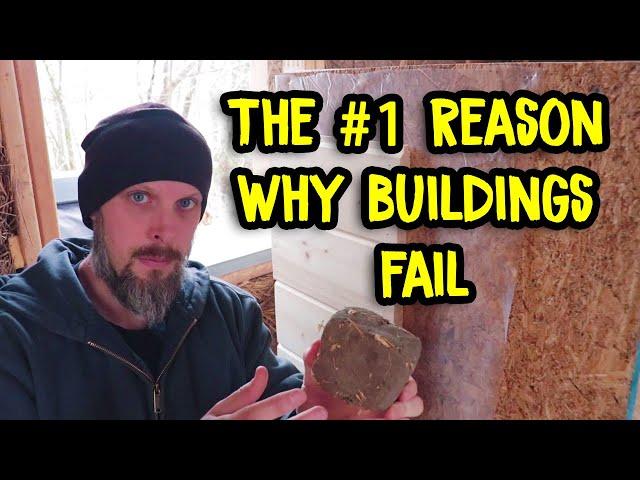
The Top Reason Why Buildings Fail & Why Cob Walls Protect Against Mold and Moisture
Комментарии:

Hey Alex. I think you will go further with your videos if you make your presentation more pedagogical. Eg. write with the touch pen on the videos for "before" and "after" an improvement / a deterioration. Like if you had to teach a class with a blackboard and chalk. Some of us like it when house construction is explained down to atoms.
Ответить
your breathing is severely, chronically restricted
Ответить
I appreciate your videos and the info. Might I suggest using a neti pot, it can help with chronic sinus issues.
Ответить
Hi Alex! just started watching your videos, so much information! Do you have a opinion on Aircrete? Yay or Nay>
Ответить
You're in the South East of the US, so not a massive need for insulation?
It can be quite humid in that part of the world, do you have any experience of how straw bail walls perform medium to long term in your climate?

Ummm... Tyvek...
Ответить
Great info, thanks 😊
Ответить
Your wall is missing some key components: on the exterior wall you don't put plastic membrane, it must be a vapor permeable membrane, and on the inside, between the drywall and the insulation you must have a vapor barrier (preferably with variable SD value to allow moisture to migrate from the insulation to the inside of the wall in the summer time). At least that's how is done in Europe where i live.
Ответить
I don't think you understand vapor barriers. They are supposed to be on the inside in the cold states, where it's colder outside. They tend to put a permeable layer (like tyvek) behind the siding.
Ответить
The problem with cob is just the horrible R value. If they had a highly insulated cob, then it would be great. But without that it just doesn't have enough to make heating / cooling practical.
Sure it can hold onto temps better and keep swings down. But without that ability to insulated it just isn't viable for a lot of places.
Straw bale is a nice middle ground. BUT it still doesn't have enough R value to compete with a well insulated modern wall with mineral wool or something like that.

nice
Ответить
Thanks for your videos. They are informative.
What about straw clay? Does it breathe as well?
When would you choose the thermal mass of cob over the insulation of straw?
Is it difficult to regulate the interior temperature of cob (thermal mass)?

great video
we will be dead and gone but a majority of people my age will be building this way

Great presentation. One thing to note is that adding portland cement to the cob mixture as a stabilizer is bad, because it interferes with the moisture buffering properties of the clay. Portland cement should not be used in conjunction with cob except in the foundation under the cob, or in a bond beam on top of the cob wall, or window sills. The walls must be natural materials, with exterior waterproofing being accomplished by lime plaster, NOT portland cement based stucco or other plasters containing portland cement. Portland cement has all the drawbacks you described for the house wrap material, that is, it is not vapor permeable, so if stucco is used over cob, it causes moisture to accumulate inside the wall. In Britain, some cob houses that were hundreds of years old have collapsed because of putting portland cement based stucco or plaster on the exterior, blocking the water vapor from escaping and causing moisture to accumulate inside the walls. Just say no to portland cement.
Ответить
hey! i'm considering building my own home, and i think cob is a super fascinating material, but i live in norway. and here you could get down to -30 degrees celcius and some meters of snow in the winter depending on where you live. it is also quite wet. So my question is, what type of building would you recommend for such a climate? like what kind of insulation, stemwall, finishes etc.
Ответить
This sounds great. I’m wondering what happens exactly with the moisture or water. If it comes through the wall, inside the house, when does it go out? Like at the moment we have a moisture level of around 60 percent inside (it’s autumn) and during the winter it gets down to 18 percent. Would water permeable walls balance this and how?
Ответить
Plastic is not an appropriate vapor barrier. Tyvek or other ASTM products are used
Ответить
Does this apply to tiling a blacksplash in the kitchen or bathroom on top of earthen walls too? Or would that small area not affect the wall?
Ответить
Mr. Cob . Really nice and stunning information about failure of the conversation. I really starts loving you ❤
Ответить
Thank you for all of your videos, you are an inspiration (-: I am planning to build a straw clay insulated sauna in about a year!
Ответить


